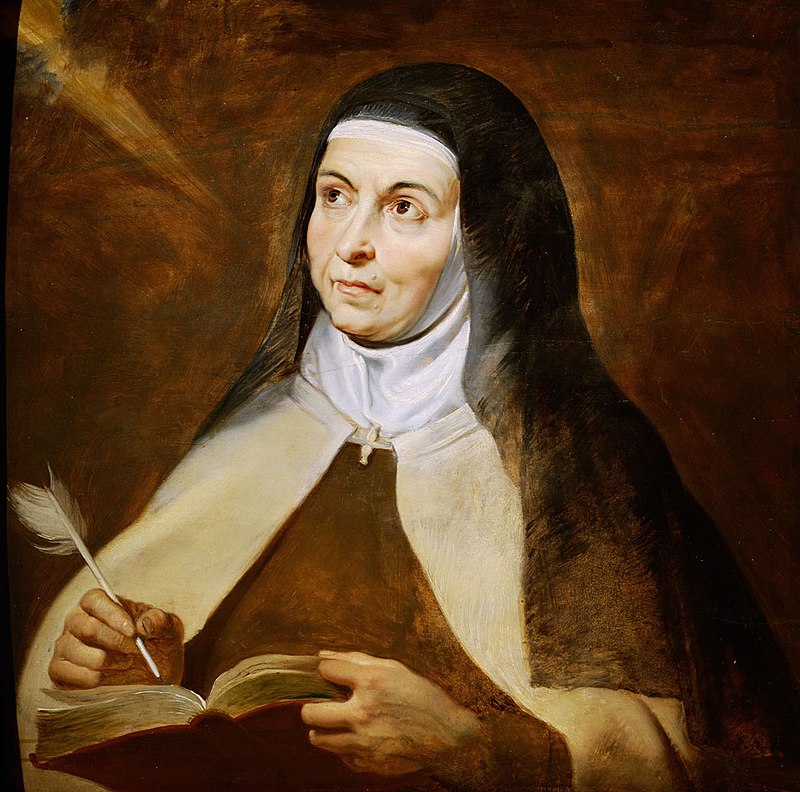The Fort Worth Report talks to some legal experts about the fascinating dispute between the Discalced Carmelite Nuns in Arlington and Fort Worth Bishop Michael F. Olson.
Lawrence Sager is a professor at the University of Texas at Austin’s School of Law and specializes in religion and constitutional law. Sager said that disputes over excommunication and religious authority are ecclesiastical, or related to church matters.
“If it becomes a matter of property rights as to the monastery, who owns it and who can make decisions about whether the monastery is open or closed … if it comes to that, then the courts will turn to neutral principles of property law,” Sager said.
This means courts will look to see if the Carmelite nuns are registered as a nonprofit corporation under Texas law and if they have deeds to the property, Sager said.
The Discalced Carmelite Nuns are a nonprofit corporation in Texas, said Bobo. The city of Arlington’s county clerk’s office has a record of deeds of the property.
Tutti Portwood is an original member and co-founder of The Ladies Auxiliary to the Discalced Carmelite Nuns. When Portwood first heard allegations of Gerlach’s civil lawsuit against Olson, she thought Olson might be interested in taking the property.
“That land is very valuable. I believe you cannot convince me otherwise, whether I’m right or wrong, I think the bishop was trying to make a land grab,” Portwood said.
The total market value of land is currently over $3.8 million, according to Tarrant Appraisal District data. Portwood said her concerns over the nuns losing the monastery property stems from when the Catholic Diocese of Fort Worth obtained a permit to demolish and sell the property that housed San Mateo Catholic Church in 2016. Parishioners appealed the decision to the Vatican and later reached an agreement to stop the process.
“I just thought, ‘Oh, how lucky they (Carmelite nuns) are to have this little spot. It’s so quiet. It’s so accessible, really, to so many people from the Dallas-Fort Worth area,” Portwood said. “And then when this hubbub started, my mind immediately went back to San Mateo.”
[…]
Nancy Bauer is a former assistant professor of canon law at the Catholic University of America in D.C. with expertise in consecrated life. Bauer said she couldn’t comment specifically about the Carmelite nuns and Olson but, she said that in the Code of Canon Law, property, also called “temporal goods,” is owned by the religious institute, like a monastery.
“No individual person owns that property. The monastery owns it, and it’s administered by whoever is the superior of the monastery for example,” Bauer said.
Temporal goods can range from land, buildings, automobiles and financial resources, Bauer said. When it comes to religious hierarchy, most monasteries of nuns are of pontifical right, Bauer said, which is when religious institutes refer directly to the Holy See or the government of the Roman Catholic Church.
“The Holy See has always had a more protective role in relation to monasteries of nuns. So, most monasteries of nuns are actually pontifical. However, some of them are what we refer to as subject to the vigilance of the diocesan bishop,” Bauer said. “He’s like any ecclesial connection is a church authority. That’s kind of the church representative for that monastery.”
Bauer said that it’s helpful for religious orders like monasteries to foster friendly relationships with the bishop.
“Bishops are supposed to protect and foster that internal autonomy, not interfere with it and not let others interfere with it,” Bauer said. “However, if a bishop would see something harmful going on in a monastery or at a religious institute, even of pontifical right, he could intervene. The first step would be to tell the superior.”
See here for the background. I don’t have anything to add, but as someone who follows high-profile litigation recreationally, not to mention being a Catholic school survivor, this is one of the more interesting cases I’ve seen. I’ll be watching as long as there’s news to read about it.

